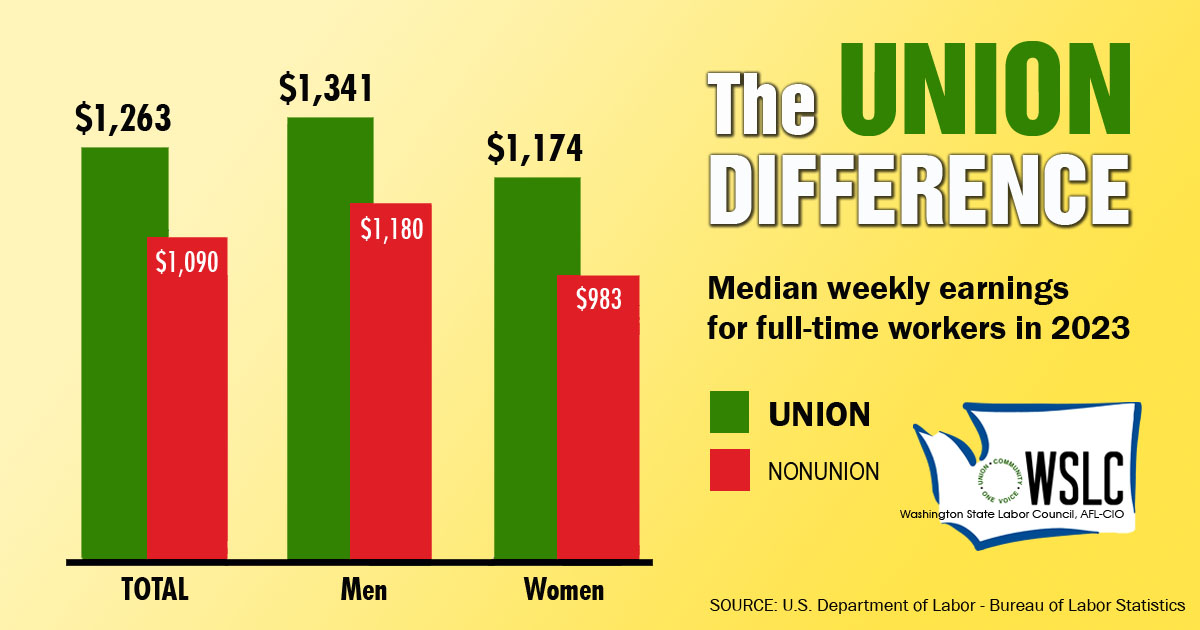NATIONAL
Larsen: Shutdown ‘is rippling through aviation economy’
The following is from Congressman Rick Larsen (D-2nd):
WASHINGTON, D.C. (Jan. 15, 2019) – Last week, Rep. Rick Larsen joined the National Air Traffic Controllers Association (NATCA) and federal employees including air traffic controllers and other aviation workforce personnel to call on President Trump to end the shutdown and put Americans back to work. Larsen also highlighted the impacts of the shutdown on the U.S. aviation system.

“Congress’ number one priority right now must be reopening the government, putting Americans back to work and giving federal workers and contractors the back pay to which they are entitled,” said Larsen.
“This shutdown is rippling throughout the aviation economy. Not only are folks like the air traffic controllers, those who support them and the technicians who make sure the equipment works right are out of work, but private sector jobs are at risk as well,” said Larsen.
“Washington state is home to 1,500 aerospace suppliers who support and supply original equipment manufacturers (OEMs) and airplane manufacturers across the country. These private sector jobs are at risk if the FAA (Federal Aviation Administration) isn’t open and making sure safety inspections are taking place, making sure that regulators can enter facilities and ensure that processes are being done the right way, and these products get made the right way.”
Impacts of a Shutdown on Aviation Employees & FAA Reauthorization Implementation
● Staffing: While approximately 40 percent of the Federal Aviation Administration (FAA) workforce is furloughed, there are thousands of air traffic controllers and critical aviation safety personnel working without pay through the shutdown. Further, the FAA’s air traffic controller training center is shuttered due to the shutdown, hampering the agency’s efforts to enhance the controller workforce.
● Safety and regulations: Due to the furlough of FAA safety staff, the shutdown diminishes the agency’s oversight of U.S. airlines and aircraft manufacturing, introducing potential safety risks for airline passengers and crew. During the shutdown, the FAA will not begin oversight of important Congressional mandates in the FAA Reauthorization Act of 2018, such as ten hours of rest for flight attendants or working to address sexual harassment of employees, passengers and crew through open reporting and accountability.
● Manufacturing: During the shutdown, FAA inspectors who are responsible for approving new aircraft, aviation products, and infrastructure are furloughed, which hinders the ability of U.S. aerospace manufacturers to remain competitive globally. In addition, the FAA’s work on streamlining the certification process for aviation and aerospace products, as called for in the FAA reauthorization bill, has come to a halt. This standstill limits the ability of U.S. manufacturers to have newer and safer products to market faster.
● Airspace modernization: The shutdown stops progress on the implementation of NextGen, the FAA’s initiative to modernize the National Airspace System (NAS), delaying significant safety and efficiency benefits for U.S. airspace users and the traveling public.
● Airport infrastructure: Washington state alone needs over $190 billion in infrastructure investments with aviation requiring $12.6 billion. Under the shutdown, there are no new Airport Improvement Program (AIP) grants issued, hurting projects that modernize and maintain airport terminals.





